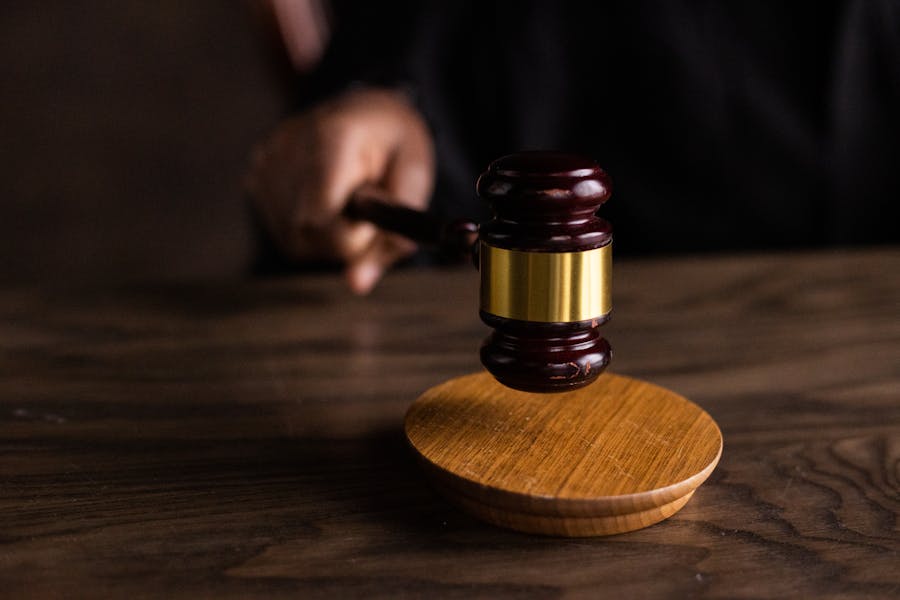Filing a lawsuit is often the last resort when negotiations fail and parties cannot resolve a dispute amicably. The legal journey can be complex and time-consuming, whether it’s a personal injury case, a business conflict, or another civil matter. Many people are unaware of what happens between the initial filing and the final verdict, making the process intimidating. Understanding each stage of litigation helps individuals prepare for the challenges ahead, particularly when they are going to trial in a personal injury case and must face courtroom proceedings. From the moment a lawsuit is filed to the judge or jury’s decision, each step plays a crucial role in determining the case’s outcome.
Filing the Lawsuit and the Pre-Trial Process
A legal process commences when the plaintiff submits a complaint that presents the defendant’s allegations and requests relief from the court. This document creates the basis for the lawsuit because it formally notified the court and the defending party about the claim. After filing a complaint, the defendant gets a brief time to respond by answering or motioning to dismiss. The discovery phase starts after case commencement when both parties gather evidence through document review and witness depositions during litigation.
Discovery procedures often become the most extended process throughout the legal proceedings of a lawsuit. The discovery process includes interrogating parties through written questions demanding documentary evidence and requiring witnesses and parties to submit sworn testimonies during depositions. During this stage, attorneys construct their cases by identifying weaknesses and assessing the trial success probabilities. The discovery process leads to settlement talks because one party discovers evidence that weakens their case. When parties fail to find an agreement, the case continues to pre-trial motions and hearings, where attorneys present procedural and substantive issues to the judge.
The pre-trial process includes mandatory settlement conferences together with mediation sessions. The judicial system urges parties to pursue alternative dispute resolution methods before trial because it reduces expenses and saves processing time. The case moves to trial after failed negotiations force attorneys to prepare court arguments, select witnesses, and develop their courtroom strategies. The two opposing parties must prepare themselves for the unpredictable nature of trials, which will soon begin.
The Trial and the Verdict
After trial commencement, the opposing parties present their evidence to a jury or judge. The beginning of a legal process starts with possible jury selection, where attorneys assess prospective jurors to guarantee fairness and impartiality. The proceeding begins with opening statements, allowing each party to present their case structure and their intended interpretation of events. Plaintiffs begin their case by calling witnesses and delivering documents that validate their lawsuit. After plaintiffs present their evidence, the defense gets to question witnesses, dispute evidence items, and introduce their case arguments to the court.
The testimony of witnesses is one of the key dramatic points in the entire trial process. Lawyers must implement purposeful questioning techniques that extract beneficial evidence for their side and weaken opposing arguments. Expert witnesses who supply technical or medical information influence the jury’s perception of factual evidence. During the trial, defense witnesses and evidence appear to develop reasonable doubt about the plaintiff’s claims while exposing problems with their arguments.
Both parties present their cases to the court, followed by attorneys delivering closing arguments summarizing their positions for one final time to the judge or jury. The court receives its final argument from the attorneys before starting its deliberation process. Jurors in trials are separate to deliberate and decide the case based on all evidence gathered. During bench trials, the court judge can determine the outcome. In some circumstances, the court may issue three possible verdicts, including a complete victory or dismissal, or assign partial liability or damages. Once the trial concludes, either party possesses valid reasons to file an appeal that could lengthen their legal fight after the main proceedings.
Conclusion
The legal process of going through litigation until reaching a verdict demands significant patience while requiring expert strategy and legal understanding. Most cases settle before trial starts, but the ones that continue to court need to pass through multiple stages, including discovery, followed by courtroom debates. Knowledge about the litigation process enables people to make wise choices and develop strategies for upcoming difficulties. To reach optimal results in legal matters, a person needs to fully understand the procedural system of law.


